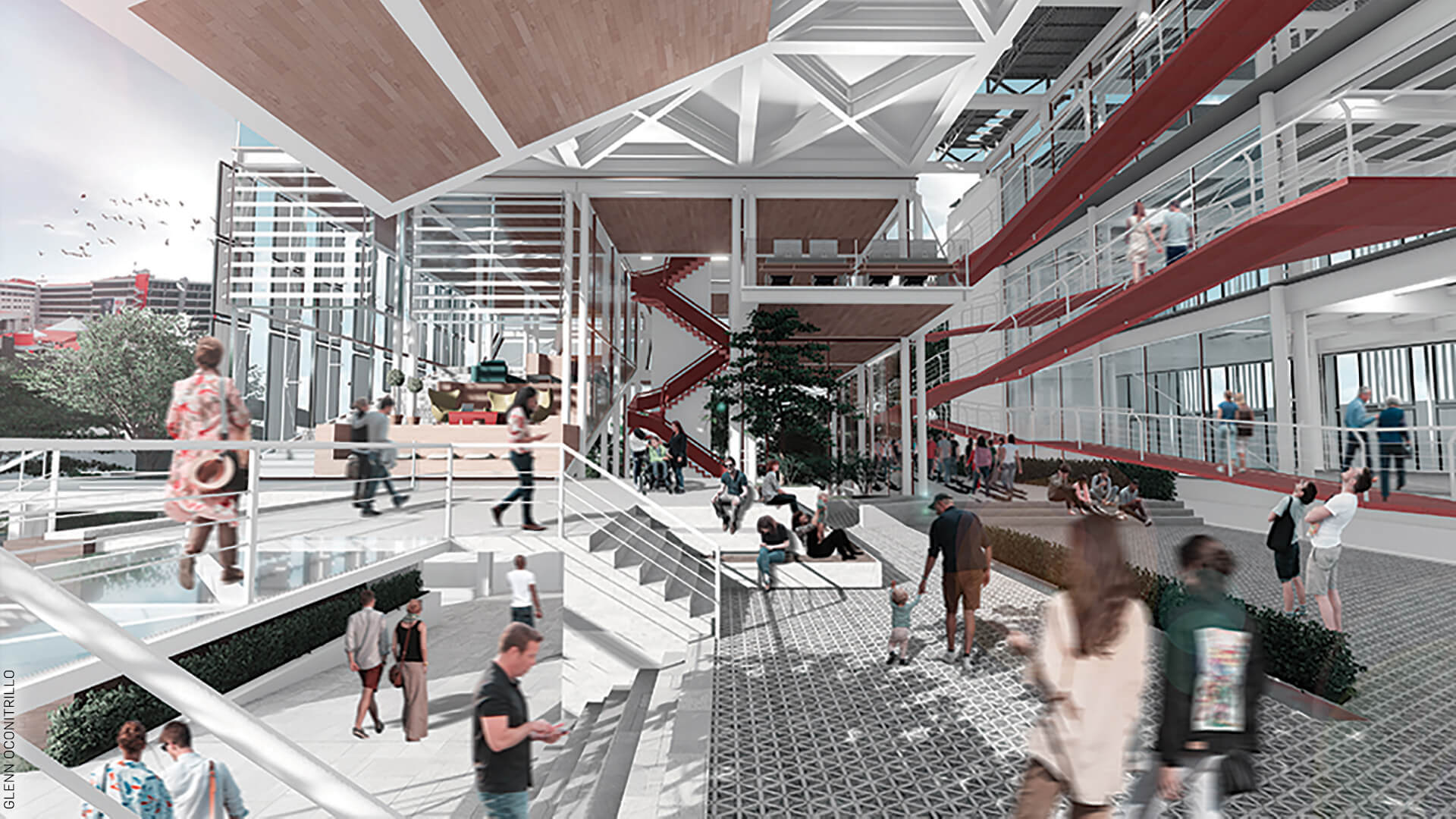The Pursuit of Realism
In the realm of painting, the Renaissance witnessed a renewed emphasis on realism. Artists such as Leonardo da Vinci and Michelangelo meticulously studied human anatomy and perspective to achieve an unprecedented level of accuracy in their depictions. Their works, like Leonardo’s “Mona Lisa” and Michelangelo’s “David,” captured the subtleties of facial expressions, body language, and spatial relationships with astonishing precision.
Beyond realism, “veritas” has also manifested in art through the exploration of abstraction and symbolism. Artists have sought to convey truth not merely through literal representation but also through the use of non-figurative forms and symbolic imagery. In the 20th century, movements like Cubism and Expressionism challenged traditional notions of representation, offering new ways of expressing the inner world and subjective experiences.
Abstraction and Symbolism
In Cubism, artists like Pablo Picasso and Georges Braque broke down objects into geometric shapes, exploring multiple perspectives and the interplay of light and shadow. Their works aimed to reveal the underlying structure and essence of things, rather than focusing solely on external appearances.





